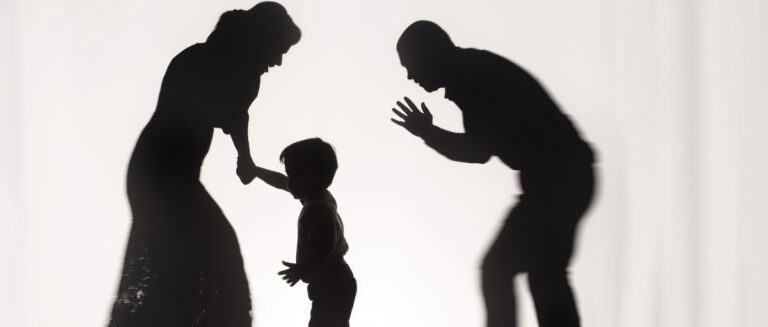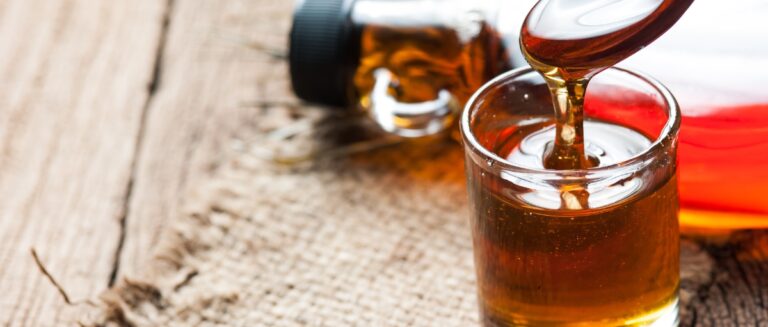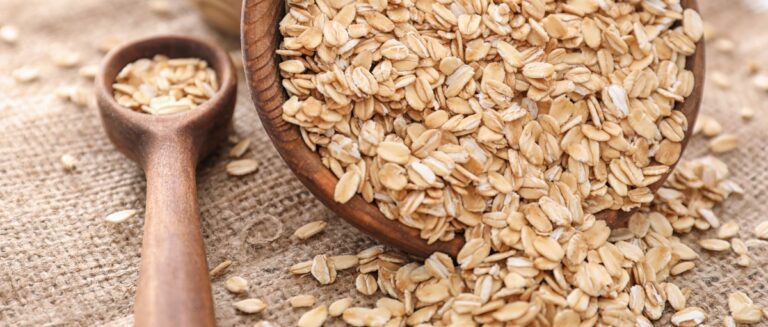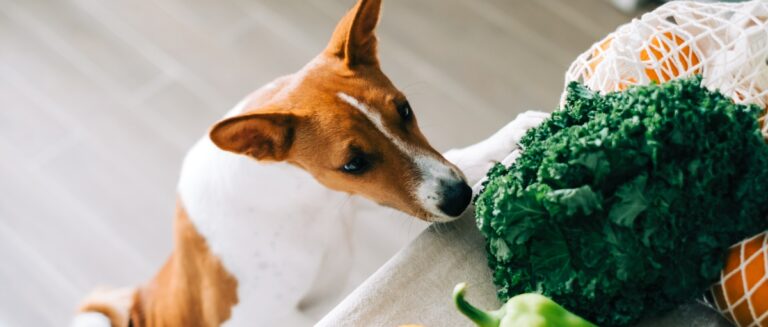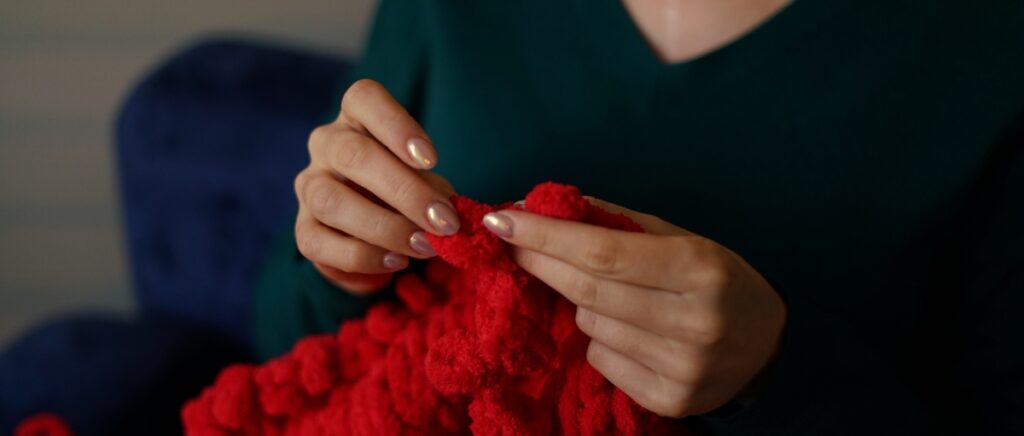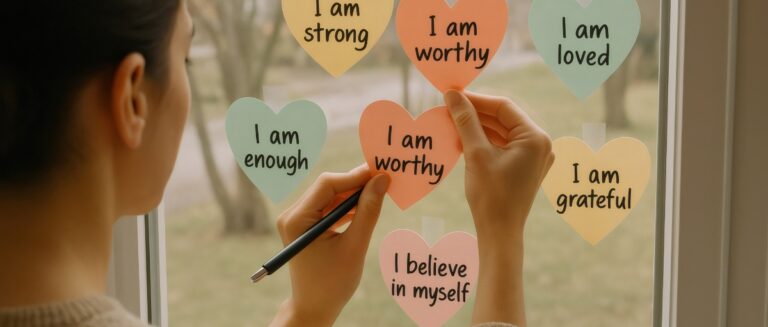Have you ever wanted to try your hand at crochet but didn’t have a hook on hand? Or perhaps you’ve been curious about the chunky, oversized yarns that are all the rage in home decor right now. Enter finger crochet: a simple yet satisfying way to loop and stitch your way to a finished project using nothing more than your own two hands.
Finger crochet is exactly what it sounds like—instead of using a traditional hook, you’ll use your fingers to create the stitches. This technique is perfect for beginners who might find hooks a bit fiddly or for more experienced crocheters looking for a quick and portable project. It’s also a great way to introduce children to the joys of yarn crafting, as it’s easier for little hands to manipulate the stitches.
One of the best things about finger crochet is that it works beautifully with super bulky yarns, which means your projects will work up quickly. You can create a cozy scarf or cowl in the evening or a throw blanket over the weekend. And with the craft yarn market valued at over 6 million in 2023, there’s never been a better time to dive into this fun and trending technique.
But finger crochet isn’t just a way to pass the time—it’s also good for your health. Studies have shown that crocheting can reduce stress by 85%. Crocheting challenges and strengthens our brains through the repetition of complex stitches and patterns. This builds new neural pathways that improve memory and cognitive decline. So not only will you end up with a beautiful handmade item, but you’ll be giving your mind a mini vacation in the process.
So grab your favorite jumbo yarn, wiggle those fingers, and let’s dive into the wonderful world of finger crochet together.
What is Finger Crochet?
Finger crochet is a variation of traditional crochet where the crafter uses their fingers instead of a hook to create loops and stitches. It follows the same basic principles as regular crochet, but the fingers replace the hook as the tool used to draw the yarn through loops and create new stitches.
How is Finger Crochet Different from Traditional Crochet?
While the fundamentals are the same, there are a few key differences between finger crochet and traditional crochet:
- No hook required: With finger crochet, your fingers are the only tools you need. This makes it a convenient option when you don’t have a hook on hand or just want to keep your project extra simple.
- Bigger stitches: Since your fingers are thicker than a standard crochet hook, finger crochet stitches tend to be larger and looser. This chunkier gauge works best with bulky or super bulky weight yarns.
- Simplified techniques: Finger crochet focuses on basic stitches like the chain and single crochet rather than more complex techniques. This makes it an approachable method for beginners or those with limited hand dexterity.
Reasons to Try Finger Crochet
There are plenty of great reasons to learn how to crochet tomorrow, even if you’re already comfortable with traditional crochet. Here are a few of the top benefits:
- Easy to learn: Crochet using hand is a great entry point for those who want to try crochet but feel intimidated by using a hook. It’s also a fun and engaging way to introduce children to yarn crafting.
- Quick projects: Since finger crochet uses jumbo yarns and creates larger stitches, projects work up quite quickly. You can create a chunky scarf or cowl in just a few hours, making it perfect for last-minute gifts or instant gratification crafting.
- Relaxing and meditative: The repetitive motions of this technique can be incredibly soothing and calming. It’s a great way to unwind after a long day or keep your hands busy while watching TV or listening to an audiobook.
What Can You Make with Finger Crochet?
Finger crocheting is best suited for projects that benefit from a chunky, textured look. Some popular options for crochet by hand include:
- Scarves and cowls
- Blankets and throws
- Pillows and poufs
- Rugs and mats
- Baskets and bins
With a little creativity, you can adapt most simple crochet patterns to be worked with your fingers instead of a hook. The key is to choose projects that embrace the bulky, oversized aesthetic of finger crochet stitches.
Whether you’re a seasoned crocheter or a complete beginner, crochet by hand is a fun and accessible way to create cozy, handmade projects with just your own two hands.
Finger Crocheting for Beginners
Ready to dive into the world of finger crochet? Gathering your supplies and learning the basic stitches is the first step to success. In this section, we’ll cover everything you need to know to get started, from selecting the right yarn to creating your first rows of finger crochet.
Materials Needed
The great thing about learning to crochet by hand is that you don’t need much to start. In fact, the only essential supplies are:
- Yarn
- Scissors
- Your fingers!
When it comes to choosing yarn for finger crochet, bulkier weights will yield the best results. Here’s a quick guide to the different yarn weights and how they work for finger crochet:
- Super Fine: Too thin for fingers to manipulate, making it unsuitable for finger crochet.
- Fine: Too thin for fingers to manipulate, making it unsuitable for finger crochet.
- Light: Not ideal, as it requires multiple strands held together.
- Medium: Not ideal, as it requires multiple strands held together.
- Bulky: Works well, though it may feel a bit thin.
- Super Bulky: The perfect weight for finger crochet.
- Jumbo: Creates very thick, stiff stitches, making it a solid option.
For your first finger crochet project, it’s recommended to choose a super bulky weight yarn. Chunky yarns made from soft fibers like acrylic, wool, or cotton are all excellent options. If you only have lighter-weight yarns on hand, you can hold several strands together to achieve a thicker gauge.
Making a Slip Knot
Every finger crochet project starts with a slip knot on your dominant hand’s index finger. Here’s how to make one:
- Wrap the yarn around your index finger, leaving a short tail dangling.
- Cross the working yarn over the tail to form an X shape.
- Tuck the working yarn behind the tail, creating a loop around your finger.
- Gently pull on the tail to snug up the loop around your finger, but keep it loose enough to fit your thumb inside.
You’ve just made your first finger crochet stitch and are now ready to create a foundation chain.
Creating a Foundation Chain
The foundation chain forms the base of your finger crochet project. Here’s how to make one:
- With the slip knot on your index finger, wrap the working yarn around your thumb from back to front.
- Bring your thumb under the loop on your index finger and grab the wrapped yarn.
- Pull the yarn through the loop on your index finger to create a new loop.
- Repeat steps 1-3 until your chain is the desired length. Each loop on your finger counts as one chain stitch.
Tip: If you have trouble pulling the yarn through with just your thumb, you can use your other hand to assist. Just be sure to consistently wrap the yarn in the same direction (counterclockwise) to keep your stitches even.
Introducing the Single Crochet Stitch
Now that you have a foundation chain, you’re ready to start crocheting! The most basic stitch in finger crochet is the single crochet. Here’s how to do it:
- Insert your index finger into the first chain stitch from front to back.
- Wrap the working yarn around your thumb from back to front.
- Bring your thumb under both loops on your index finger and grab the wrapped yarn.
- Pull the yarn through the first loop on your index finger. You should now have two loops on your finger.
- Wrap the yarn around your thumb again and pull through both loops on your finger. You’ve just made a single crochet!
Repeat these steps in each chain stitch across the row. When you reach the end, you’ll have a complete row of single crochet.
Tips for finger crochet success:
- Keep your stitches loose and relaxed. Finger crochet should have a chunky, flexible fabric.
- Practice keeping your tension consistent. It may help to give the working yarn a gentle tug after each stitch.
- Use your dominant hand for the stitching motions and your non-dominant hand to stabilize the work.
With these step-by-step finger crochet basics under your belt, you’re well on your way to conquering finger crochet! In the next section, we’ll explore how to build on these foundational skills to create more complex projects.
Progressing with Finger Crochet
Once you’ve mastered the basic chain and single crochet stitch, you’re ready to start building on those skills to create more complex projects. In this section, we’ll cover how to add rows of single crochet, finish off your work, and adjust your tension for the perfect finger crochet fabric.
Adding Rows of Single Crochet
You’ll need to add multiple rows of finger crochet to create a larger project like a scarf or blanket. Here’s how:
- At the end of your first row of single crochet, make one extra chain stitch. This is called a turning chain, and it gives you the height needed to start the next row.
- Rotate your work so the turning chain is on your right (for right-handed crocheters).
- Skip the turning chain and insert your finger into the first stitch of the previous row. Single crochet, as usual.
- Continue working one single crochet stitch in each stitch across the row.
- At the end of the row, make another turning chain and repeat the process for the next row.
Tip: To keep your edges straight, work your first and last stitches of each row in the first and last stitches of the previous row.
Finishing Off Your Project
When you’ve reached your desired size, it’s time to finish off your finger crochet project. Here’s how:
- Cut your working yarn, leaving a tail at least 6 inches long.
- Pull the tail through the last loop on your finger to secure the stitch.
- Using your fingers or a crochet hook, weave the tail through the stitches along the edge of your work to hide it.
- Trim any excess yarn.
Adjusting Tension and Sizing Stitches
One of the key factors in creating beautiful finger crochet fabric is maintaining consistent tension throughout your work. If your stitches are too tight, your project may pucker or curl. If they’re too loose, the fabric may be floppy or hole-y.
Here are some tips for achieving the perfect tension:
- Practice keeping an even pressure on the working yarn as you pull it through the stitches.
- If your stitches are too loose, try wrapping the yarn around your finger an extra time before pulling through.
- If your stitches are too tight, consciously relax your hands and fingers as you work.
You can also experiment with using different fingers to create larger or smaller stitches. For example, using your middle finger will result in slightly taller stitches than your index finger. Just be sure to use the same finger throughout your project for consistency.
Taking Finger Crochet Further
Finger crochet is more than just a fun hobby—it also has some unique benefits and applications beyond the basics. Here are a few ways to take your finger crochet skills to the next level.
Finger Crochet for Physical Dexterity
The repetitive motions and fine motor skills required for finger crochet can be extremely beneficial for building hand strength and dexterity. This makes it a great activity for:
- Children learning to develop their fine motor control
- Older adults looking to maintain hand flexibility and coordination
- Anyone recovering from a hand injury or surgery
Finger crochet can be a fun and engaging way to practice those important hand movements and keep your fingers nimble.
Adapting Traditional Crochet Patterns
While finger crochet is a unique technique, it can also be used to adapt regular crochet patterns for a chunkier, more textured look. Here are some tips for converting a pattern:
- Choose a pattern that uses basic stitches like single crochet, half double crochet, or double crochet.
- Use a jumbo yarn and your fingers in place of the hook called for in the pattern.
- Experiment with using multiple strands of a lighter-weight yarn to achieve the right gauge.
- Be prepared to adjust the number of stitches and rows to account for the larger size of your finger stitches.
With a little creativity and experimentation, you can create finger crochet versions of your favorite traditional patterns.
Exploring Advanced Stitches and Techniques
While finger crochet is best suited for basic stitches, you can still create some more advanced textures and designs with a little practice. Here are a few ideas to try:
- Experiment with post stitches worked around the “posts” of the stitches in the previous row to create ribbing or cabling effects. Experiment with adapting elements of other crochet styles—like Tunisian crochet—to finger crochet.
- Play with color by switching out yarn shades every few rows to create stripes or color blocking.
- Try working in the round to create seamless cowls or hats.
Keep in mind that complex stitch patterns or techniques that require multiple loops on the hook (like shell stitches or bobbles) may be challenging to execute with fingers. But with some trial and error, you might be surprised at what you can create!
Finger Crochet Project Ideas to Get You Started
Now that you’ve got the basics of finger crochet down, it’s time to put those skills to use! Here are some project ideas to get your creative juices flowing.
Beginner-Friendly Patterns
- Simple scarves and cowls: Finger crochet is the perfect technique for creating cozy, chunky infinity scarves or cowls. Stick with a basic single crochet stitch and let the texture of the jumbo yarn shine.
- Blankets and throws: Work single crochet stitches in rows until you reach your desired size to create a snuggly blanket or throw. Mix and match colors for a fun striped effect, or keep it monochromatic for a modern look.
- Pillows and poufs: Finger crochet a simple rectangle and fold it in half to create a quick, easy pillow cover. You can also work in the round to create a stuffed floor pouf for extra seating.
Unconventional Materials
Don’t limit yourself to just yarn! Finger crochet is a great way to work with unconventional materials like:
- T-shirt yarn: Cut old t-shirts into continuous strips and finger-crochet them into durable rugs, baskets, or even handbags.
- Rope or cord: Use thick rope or cord to create sturdy baskets, placemats, or trivets with a nautical flair.
- Roving wool: Create ultra-cozy, felted projects by finger crocheting with unspun roving wool. The fibers will fuse together as you work, creating a dense and squishy fabric.
Your Next Favorite Craft
Did you know more than 45 million Americans knit or crochet? Finger crochet is more than just a trendy crafting technique—it’s a fun and accessible way to create beautiful, handmade projects with nothing more than your own two hands. By mastering the basic stitches and principles outlined in this guide, you’ll be well on your way to discovering the joys of finger crochet.
As we’ve learned, finger crochet has a wide range of benefits and applications, from building hand strength and dexterity to creating cozy home decor items and wearable accessories. It’s the perfect craft for beginners looking to dip their toes into the world of crochet, as well as experienced crafters seeking a new and exciting challenge.
So what are you waiting for? Grab some jumbo yarn, find a comfy spot to sit, and learn how to finger-crochet. With a little practice and patience, you’ll be hooked on the soothing, satisfying rhythm of finger crochet in no time.
Whether you’re making a simple scarf for yourself or a chunky blanket to gift to a loved one, each finger crochet project is an opportunity to slow down, unplug, and let your creativity run wild. And with so many inspiring patterns and project ideas out there, the possibilities are truly endless.
So go ahead—embrace the cozy, creative world of finger crochet and discover your new favorite hobby.
Sources
Precision Business Insights. (n.d.). Knitting yarn market report. Retrieved from https://www.precisionbusinessinsights.com/market-reports/knitting-yarn-market
Craft Yarn Council. (n.d.). Know your yarn. Retrieved from https://www.craftyarncouncil.com/know.html
Henry Ford Health. (2022). The benefits of knitting and crochet. Retrieved from https://www.henryford.com/visitors/caregivers/care-connections/education/the-benefits-knitting-and-crochet
Crochet Penguin. (2023). Crochet statistics: Trends and insights. Retrieved from https://crochetpenguin.com/crochet-statistics/

